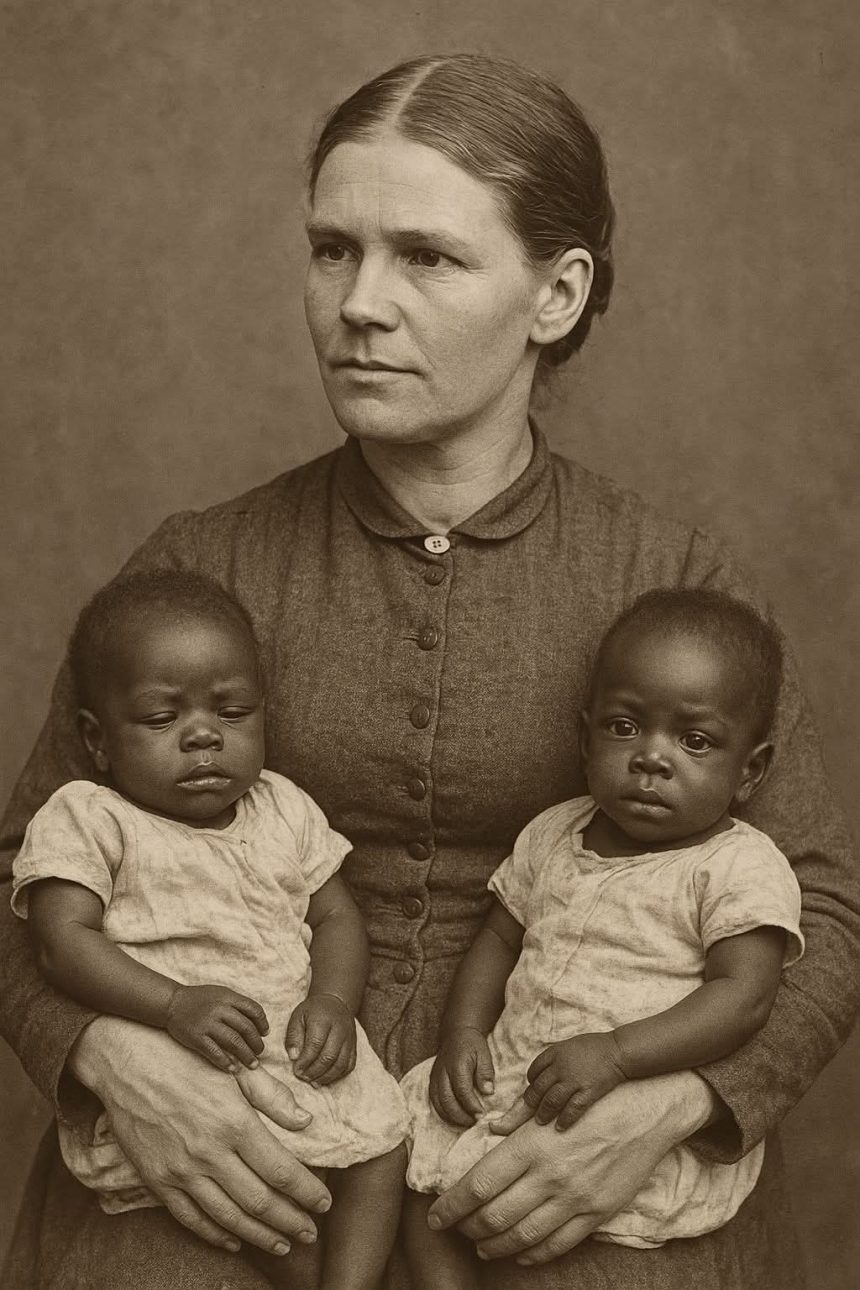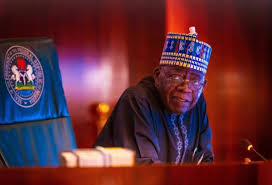In the dark corners of southeastern Nigeria during the 19th century, a chilling practice thrived under the veil of superstition, the killing of twins.
Among the Efik and Ibibio people of present-day Cross River and Akwa Ibom States, it was believed that the birth of twins was an evil omen, a curse upon the family and the community.
But this cruel tradition met its end through the bravery and compassion of one extraordinary woman, Mary Mitchell Slessor, a Scottish missionary whose life’s work forever changed the course of Nigerian history.
The Traditional Beliefs and the Tragedy of Twin Killing

Long before the advent of Christianity and British colonial influence, some Nigerian tribes held deep-rooted beliefs that twins were products of evil forces.
According to the superstition, one of the twins was fathered by a spirit, while the other was human.
Since no one could tell which was which, both infants were condemned to death, often abandoned in the bush to die, or killed at birth.
Their mothers were regarded as cursed and were forced into exile, living with shame and isolation.
The practice, though horrifying, was not driven by hatred but by fear, fear of angering the gods and bringing disaster upon the entire community.

This cruel ritual persisted for generations, claiming countless innocent lives until the late 19th century when a woman from Scotland chose to stand against it.
The Arrival of Mary Slessor
Mary Slessor was born in Aberdeen, Scotland, in 1848. At the age of 28, she sailed to Nigeria under the United Presbyterian Church’s mission board, arriving in Calabar in 1876.
Unlike many missionaries of her time, Mary refused to live apart from the local people.
She moved deep into the interior villages, learning the Efik language, eating their food, and living as they did, a decision that earned her their respect and trust.
It was in these communities that she first encountered the horror of twin killing. She would find infants left to die in the forest, their mothers ostracized and broken.
Horrified by the practice, Mary began rescuing these babies, taking them into her small mud hut, and raising them as her own children.
Her acts of compassion defied deeply ingrained beliefs. She did not just preach against the killing of twins, she lived her message.
The people saw that the twins she raised were healthy and harmless, and slowly, their fears began to fade.
The Turning Point: Courage, Faith, and Change
Mary Slessor’s influence spread rapidly. As she continued to care for abandoned twins and educate the communities, local chiefs and elders began to listen.
Her selflessness and courage earned her the nickname “The White Queen of Calabar.”
With time, and aided by growing missionary influence and the support of British colonial authorities, local laws were enacted prohibiting the killing of twins.
Her mission work, combined with enlightenment and education, helped dispel the myths that had enslaved generations.
By the early 1900s, the barbaric practice had almost completely disappeared from southeastern Nigeria. Mary’s unwavering faith and compassion had triumphed over centuries of fear.
Beyond Twin Rescue: Mary Slessor’s Work for Women and Education
Mary Slessor’s humanitarian impact stretched far beyond saving infants. She was a fierce advocate for women’s rights and education, a revolutionary stance at a time when women’s voices were rarely heard.
She taught women and children to read and write, founded schools, and emphasized moral and social values rooted in equality and compassion.
Her leadership broke social barriers. She became the first female Magistrate in Nigeria, protecting widows, orphans, and vulnerable women from abuse and injustice.
She also served as a mediator in community disputes, earning the trust of both chiefs and commoners.
Through her example, Mary Slessor proved that women could lead, teach, and shape society — setting a standard that inspired future generations of Nigerian women.
Her Enduring Legacy
Mary Slessor passed away on January 13, 1915, in Calabar, where she had served for nearly four decades. But her legacy endures.
The cruel tradition of killing twins was permanently abolished, and her name became synonymous with love, courage, and human dignity.
In honor of her contributions, schools, roads, churches, and institutions across Nigeria bear her name. Her image was immortalized on the Nigerian ₦10 note, a testament to her impact and the nation’s enduring gratitude.
More than a century later, Mary Slessor’s work continues to remind Nigerians of the power of compassion and moral conviction. Her story stands as a beacon of hope, proof that one person’s courage can transform an entire culture.
The end of twin killing in Nigeria remains one of the most profound examples of social transformation through love, education, and courage.
Mary Slessor’s extraordinary devotion not only saved countless children but also uplifted the dignity of women and inspired a new era of enlightenment in southern Nigeria.
Her life is a timeless message: that even in the face of darkness, one heart filled w
ith compassion can bring light to a nation.
Source: Ogbu Emmanuel
Read More;
BREAKING: LPDC Suspends Six Lawyers Over Professional Misconduct—NBA Issues Public Notice









